How to wire LED Strips
- There are no more items in your cart
- Shipping
- Total €0.00

What is IP rating

IP rating, or Ingress Protection rating, is a standardized system that indicates the degree of protection provided by an enclosure or housing against the intrusion of solid particles (dust, dirt) and liquids (water, oil). IP ratings are used to assess the environmental protection of electronic devices, lighting fixtures, enclosures, and other equipment against various environmental factors.
An IP rating is composed of two digits, each with a specific meaning:
First Digit (Solids Protection): This digit represents the level of protection against solid particles. It ranges from 0 to 6, with higher numbers indicating better protection. Here's what each digit represents:
- 0: No protection against solids.
- 1: Protection against objects larger than 50mm (e.g., hands).
- 2: Protection against objects larger than 12.5mm (e.g., fingers).
- 3: Protection against objects larger than 2.5mm (e.g., tools, wires).
- 4: Protection against objects larger than 1mm (e.g., small tools, wires).
- 5: Dust protected; limited ingress allowed (dust cannot completely enter but might enter in small amounts).
- 6: Dust-tight; no ingress of dust.
Second Digit (Liquid Protection): This digit represents the level of protection against liquids. It ranges from 0 to 9, with higher numbers indicating better protection. Here's what each digit represents:
- 0: No protection against liquids.
- 1: Protection against vertically falling drops of water (e.g., condensation).
- 2: Protection against vertically falling drops of water when the enclosure is tilted up to 15 degrees.
- 3: Protection against sprayed water up to 60 degrees from vertical.
- 4: Protection against splashed water from all directions.
- 5: Protection against water jets from all directions.
- 6: Protection against powerful water jets and heavy seas.
- 7: Protection against temporary immersion in water up to 1 meter for 30 minutes.
- 8: Protection against continuous immersion in water under specified conditions.
For example, an IP65-rated device is dust-tight (5) and protected against low-pressure water jets from all directions (6).
IP ratings are essential for selecting devices or equipment that will be used in specific environments. For instance, outdoor lighting fixtures might require higher IP ratings to protect against rain and dust, while devices in clean indoor environments may require lower IP ratings. Always check the IP rating specified by the manufacturer to ensure that the device's level of protection matches the conditions in which it will be used.
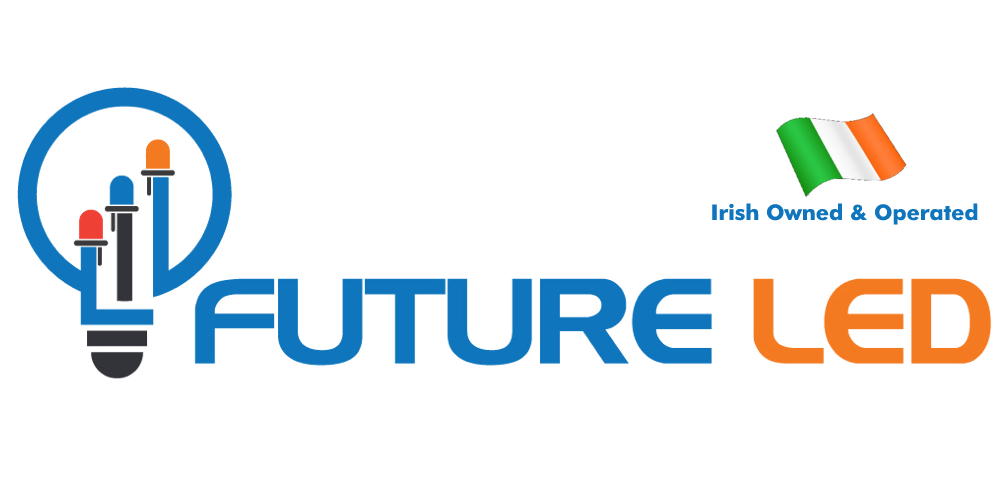
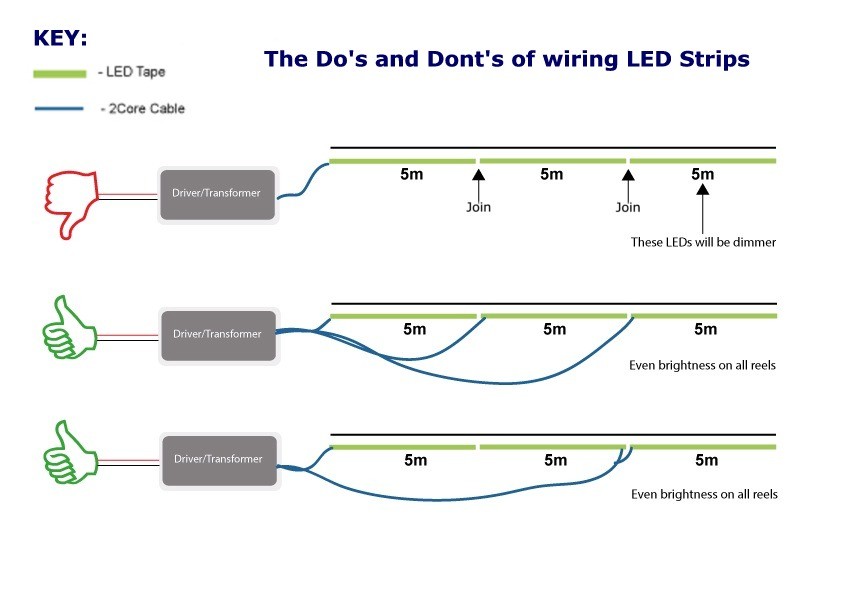
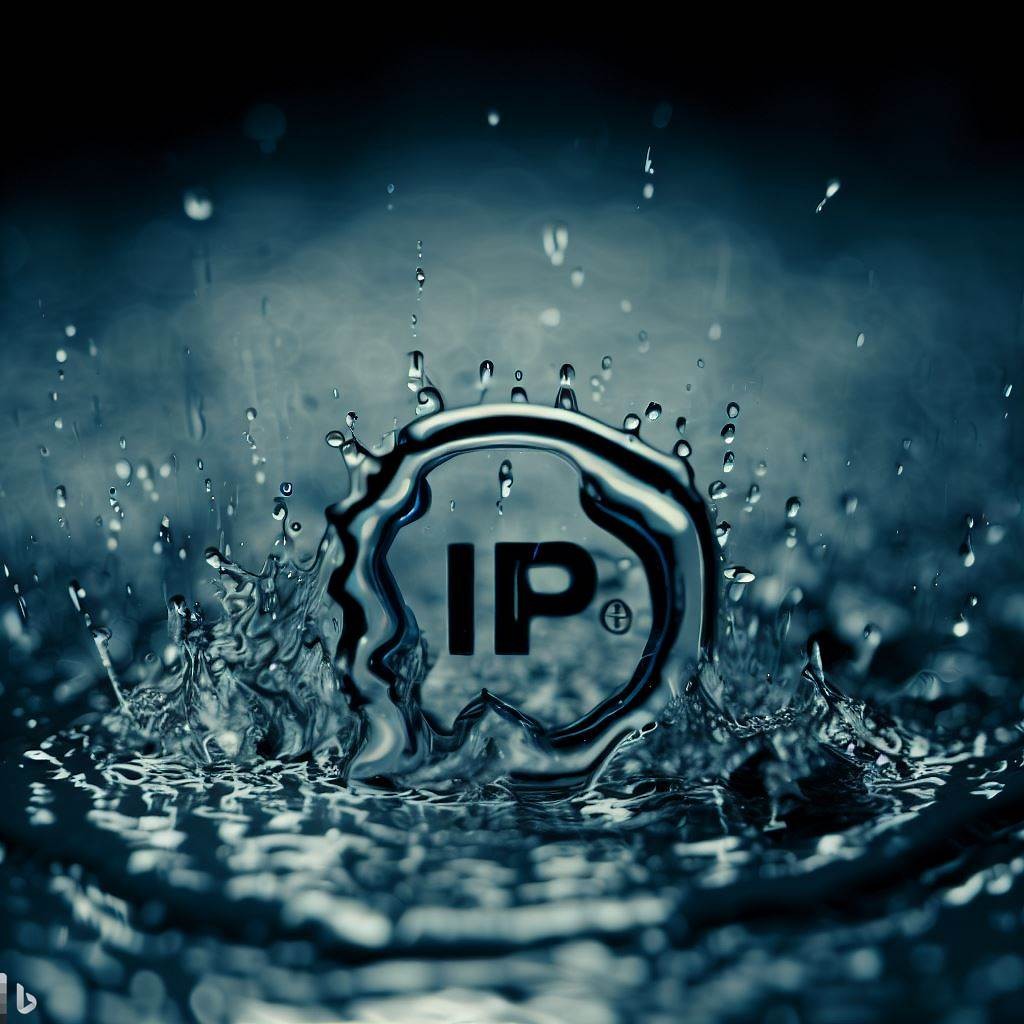
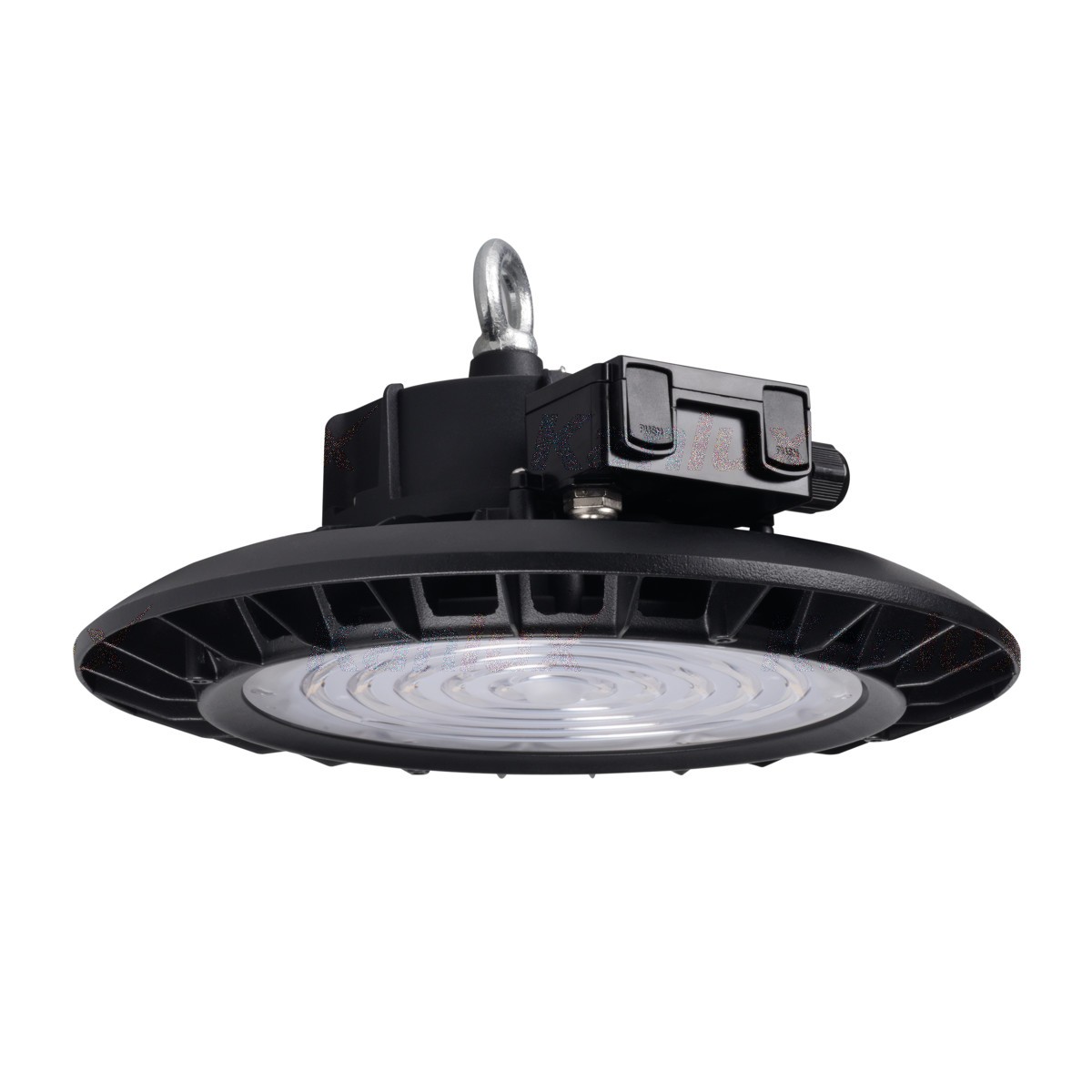
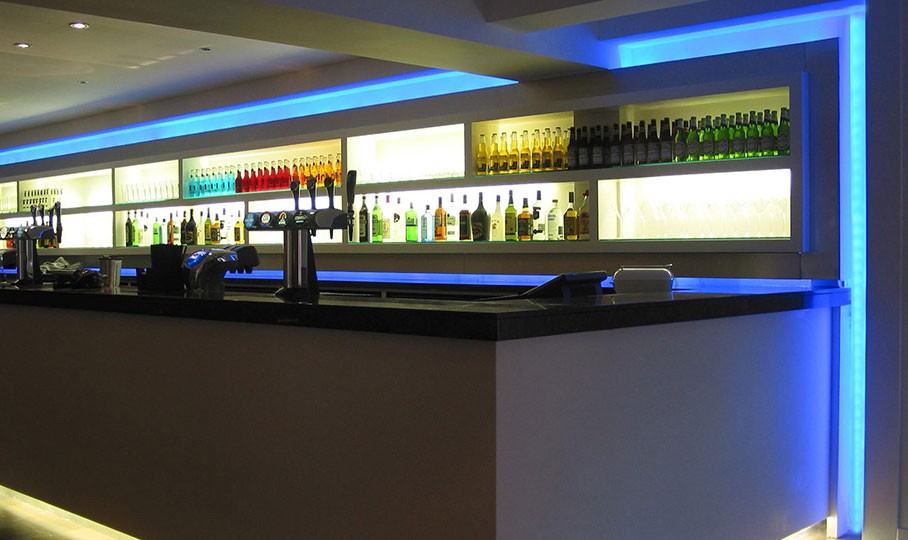
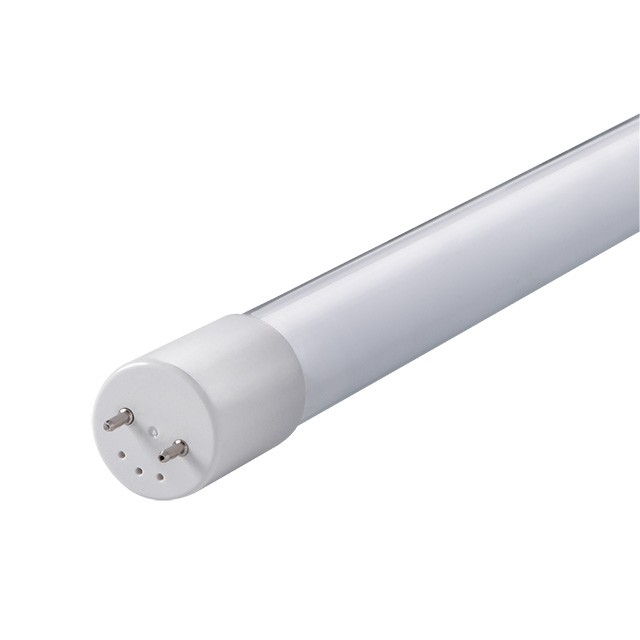
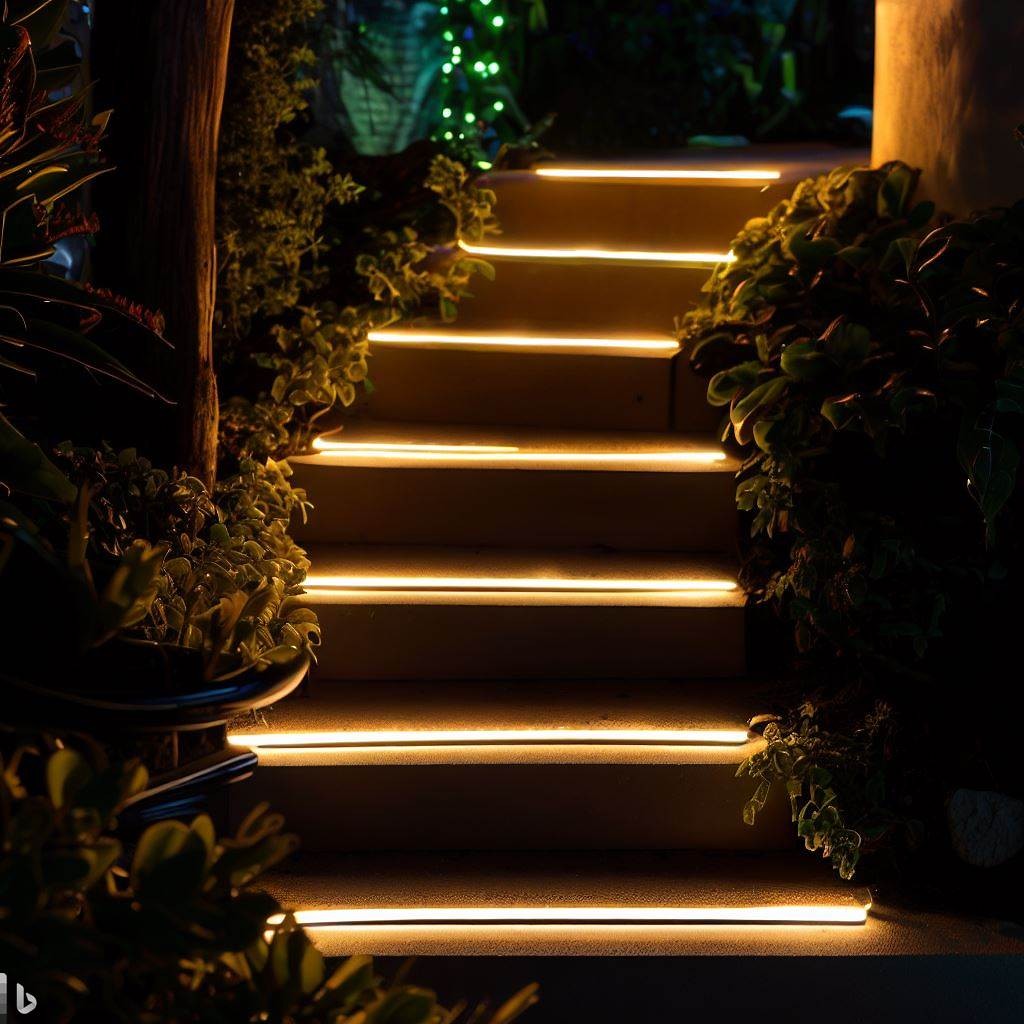
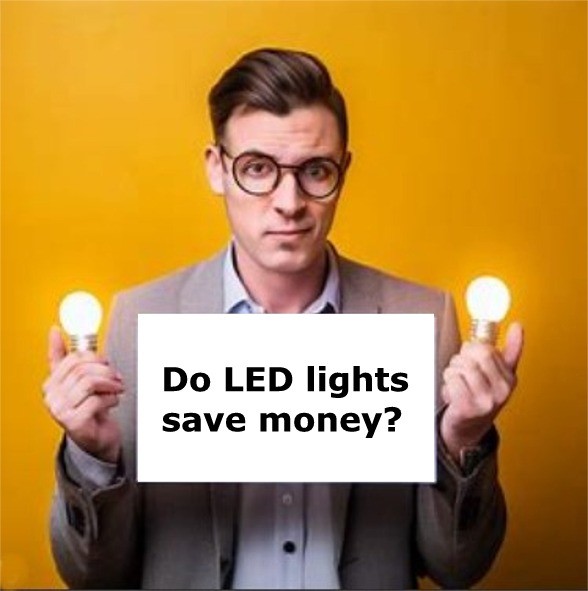


Leave a comment